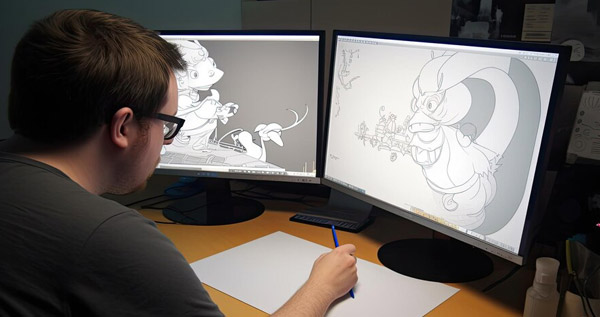The animation industries of film, gaming, and advertising frequently use both 3D and 2D animation. While 3D animation courses give the objects being moved depth and dimension, 2D animation entails creating movement in a two-dimensional space. Both methods call for the professional use of programs like Adobe After Effects, Autodesk Maya, and Blender. In 2D animation, the animator generates a series of images that, when played quickly one after the other, appear to be moving. This method is frequently employed in cartoons, commercials, and instructional videos. 2D animation course can be produced manually or digitally with the use of software. It is a reasonable choice for minor projects that don’t call for elaborate visual effects.
3D animation allows greater flexibility in terms of camera angles, lighting effects, and character movements because of the depth it provides. It also allows for more realistic and immersive experiences in films, games, and virtual reality. However, it can be more time-consuming and expensive than 2D animation. 2D animation, on the other hand, is a quicker and more affordable option that can be used for various purposes such as educational videos, advertisements, and explainer videos. It also has its charm with its traditional hand-drawn style that can evoke nostalgia in viewers.
